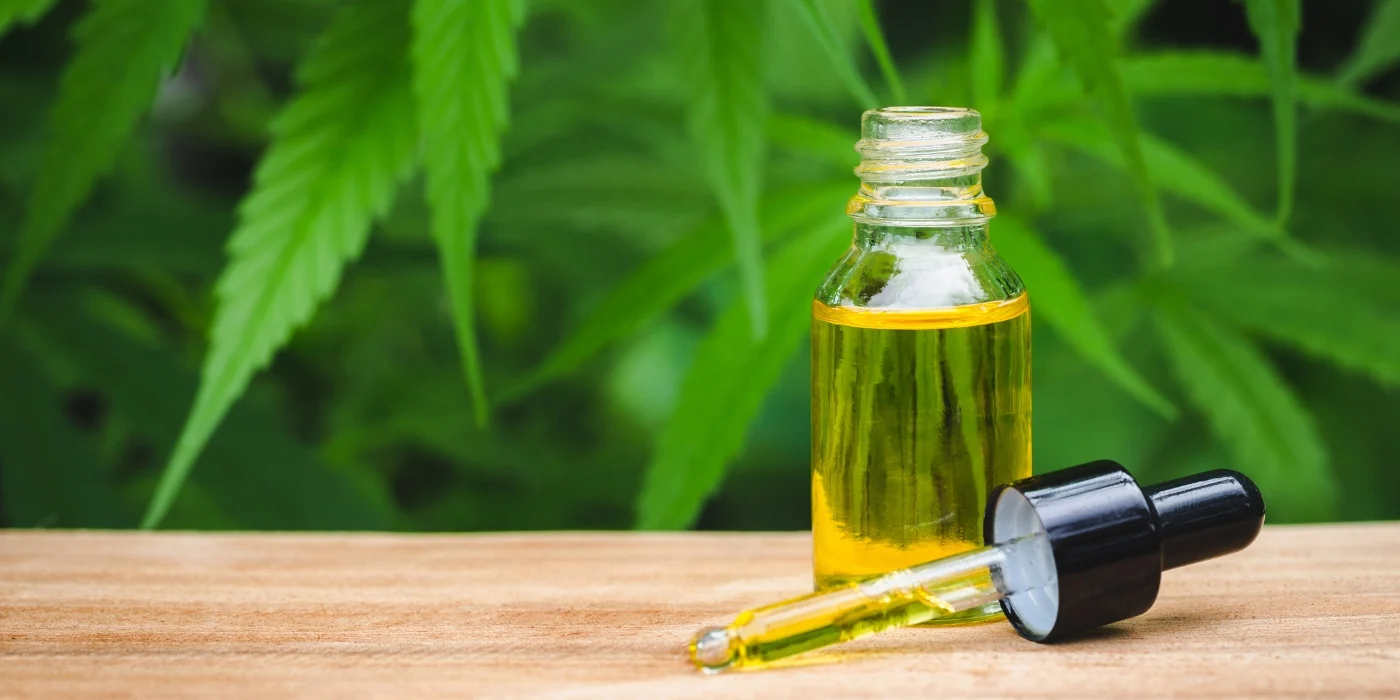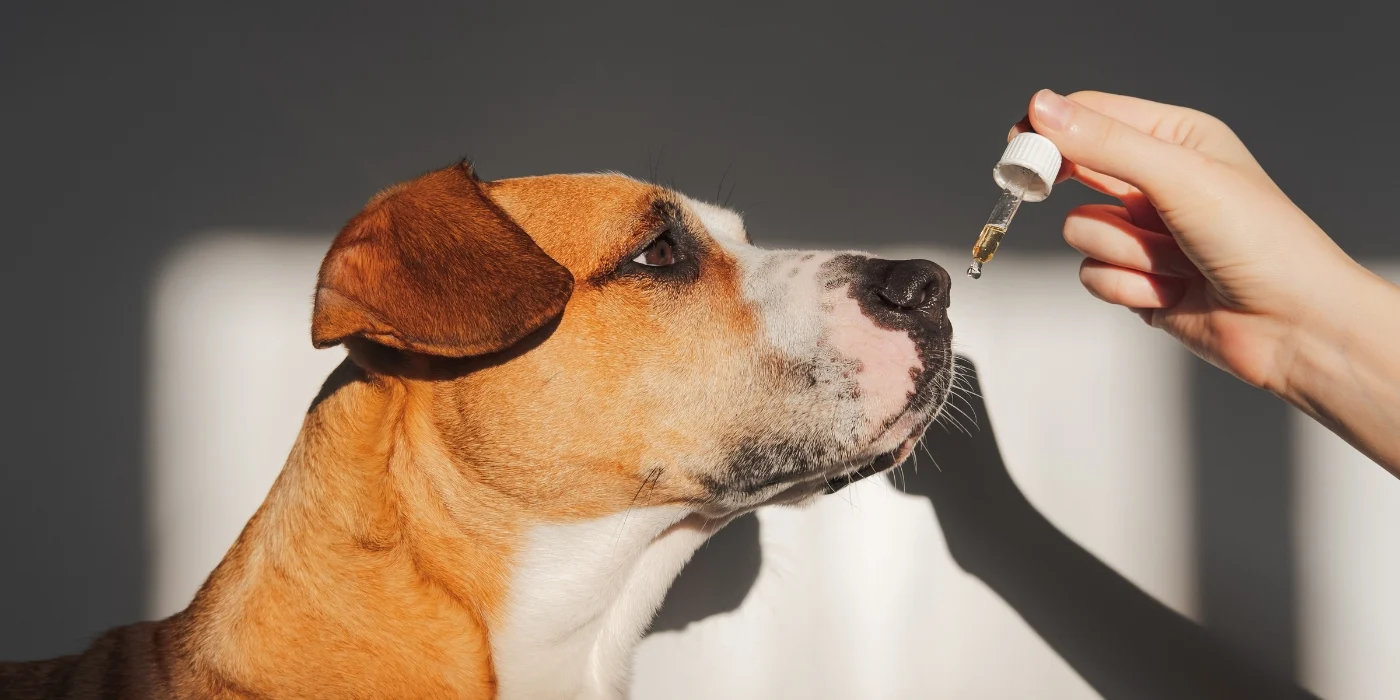
- Guides
-
by gu
For CBD hemp farmers, yield is one of the most essential factors in a successful harvest. While hemp brokers and buyers may pay extra for higher-quality hemp, ultimately, weight will determine how much profit you make. So, how can hemp farmers maximize yield without sacrificing quality? In this article, we’ll describe eight simple ways to increase hemp yields so you can have your best harvest yet.
Hemp Genetics
Hemp strains display significant differences in aroma, flavor, cannabinoid content, and yield. Some cultivars are bred to thrive in tropical regions, while others perform best in arid climates. Therefore, one of the easiest ways to increase hemp yields is to pick a high-yielding strain that is suited to your environment.
In most cases, Sativa-dominant strains are best suited to warm, moist areas. These cultivars originate from the tropical regions of Central America and Southeast Asia, where they have adapted to grow in dense foliage with high humidity levels. As a result, they tend to be resistant to botrytis and other fungal infections.
Indica strains, on the other hand, hail from the dry, mountainous regions of the Middle East. These strains are able to handle cool temperatures, low humidity levels, and periods of drought much more effectively than Sativa varieties.
At Fortuna Hemp, we offer a wide range of hemp seeds for various climates. Do your research before ordering, or contact us to find the perfect high-yielding strain for your environment.
Plant Training
One of the most effective ways to increase hemp yields is to employ various plant training techniques. Topping, fimming, super cropping, and other methods can encourage plants to increase lateral branching, creating several large colas instead of one main cola. Pruning can also help improve yields by increasing light penetration and airflow throughout the canopy.
Topping hemp plants is one of the easiest training techniques and one that can be employed on a large scale. Topping refers to cutting off the top nodes of the hemp plant. This causes the lower branches to grow larger, increasing bud sites throughout the plant. Topping can be performed multiple times throughout the vegetative growth period but should be avoided once the plants begin flowering. Using this high-stress technique on budding plants may stunt their growth.
While some of these training techniques are very labor intensive, they often can double or even triple the yield of a single hemp plant, making them worth the extra effort in the long run.
Nutrition
Dialing in your nutrient regime is a surefire way to improve the overall quality and yield of your hemp plants. During the vegetative growth period, hemp plants require higher amounts of nitrogen to form new branches and leaves. As the plants begin flowering, they will need higher levels of phosphorous and potassium to encourage bud formation.
Watch for signs of nutrient deficiencies or toxicities throughout the growth cycle, as these can significantly reduce the quality and yield of your plants. It’s important to act quickly if you notice any nutrient imbalances. It can take several weeks for the plants to recover and for additional nutrients to break down and become bioavailable.
Watering
Creating an effective irrigation system is one of the most challenging aspects of hemp farming. Hemp plants have high water and nutrient demands, but too much of either can be detrimental.
Hemp plants thrive in moist soil that is well-aerated. If there is too much moisture in the medium, it can prevent oxygen from getting to the root zone. This can slow nutrient uptake and leave the roots prone to fungal infections. On the other hand, if there isn’t enough moisture in the soil, the roots will dry out and die, and nutrient uptake will be halted altogether.
Drip irrigation is one of the most effective ways to water hemp crops, as it provides a slow, steady supply of moisture to the root zone, preventing issues with over- and underwatering. And because drip systems don’t water the surface of the soil, you won’t have to worry as much about weeds sprouting around the plants.
Spacing
Spacing is another vital factor in increasing hemp yields. You may think that more plants means higher yields, but this isn’t always the case. If hemp plants are crowded together, they won’t have enough space to branch out and form lots of bud sites. And if the canopy is too dense, the lower branches won’t get enough sunlight to produce large, healthy buds. The roots also may compete for water and nutrients, further diminishing yields.
If you are growing CBD or CBG hemp rather than industrial hemp, the general rule of thumb is to plant four to six feet apart. This will give the plants enough room to branch out and make it easy for farmers to move freely around the field. Just note that some strains of hemp grow tall and narrow while others are short and bushy. When planning out the spacing of your plants, make sure to research the growth traits of your chosen strain.
Beneficial Microbes
Encouraging the growth of beneficial microbes is a great way to optimize nutrient uptake in hemp plants. Soil microbes break down organic matter, allowing it to be absorbed by the roots of the plants. This means you can use less fertilizer, as the beneficial bacteria and fungi will free up more organic matter in the soil.
In addition to breaking down organic matter, microbes can:
- Aid in water uptake
- Encourage root growth
- Fight off harmful pathogens
- Protect plants from disease and stress
If you want to encourage the proliferation of beneficial bacteria and fungi, it’s essential to enrich the soil with organic matter, keep the soil moist and well-aerated, and keep the use of synthetic fertilizers to a minimum.
Avoiding Stress
Environmental stressors are a big yield killer, causing hemp plants to become stunted or die if the issue is not addressed. Stress can come from many sources, including nutrient imbalances, pests, diseases, temperature and pH fluctuations, and much more.
While farmers don’t have any control over the weather, there are some steps they can take to protect their plants. Growing in a greenhouse is one of the best ways to keep plants safe from frost, rain, wind, pests, and other stressors. If a greenhouse is out of the question, another option is to cover the plants with a fabric cloth if frost or rain is expected.
Harvesting
Harvesting at the right time will help to ensure maximum yields, but it can be tricky to know exactly when the plants are fully mature. Cutting the plants down too early can significantly lower yields, as hemp tends to put on a lot of weight in the final weeks of flowering. On the other hand, if you wait too long to harvest, THC levels may rise, and the plants will no longer be compliant. Therefore, it’s vital to test the plants often and harvest them as soon as THC levels begin to rise.
Using the right equipment also is essential when harvesting hemp plants. Using traditional farming equipment may damage the plants, significantly reducing the yield of CBD and other cannabinoids. Other options include using specialized CBD hemp harvesting equipment or harvesting the plants by hand; however, the former can be very costly, and the latter requires a lot of labor.
Ultimately, the type of hemp products you plan to sell will determine which harvesting method is right for you. Traditional harvesting equipment may serve you well if you’re selling biomass for extraction. But if you plan on selling smokeable hemp flower, you’ll need to find a more delicate way to harvest the plants.
Final Thoughts on How To Increase Hemp Yields
Potency and flavor are important concerns for smokeable hemp farmers, but yield is crucial no matter what type of hemp you’re growing. Fortunately, by using the techniques detailed in this article, you’ll be able to maximize yield while improving the overall quality of your hemp plants.
What are your top tips for increasing hemp yields? Please share your thoughts in the comment section below. While you’re here, check out our collection of premium feminized hemp seeds.



